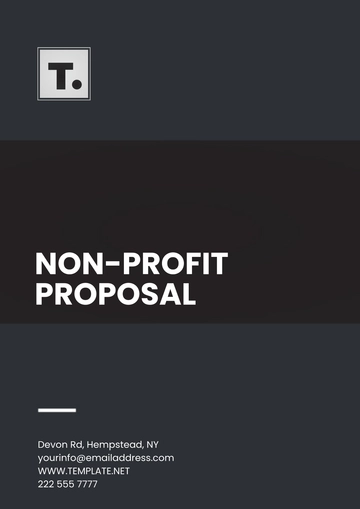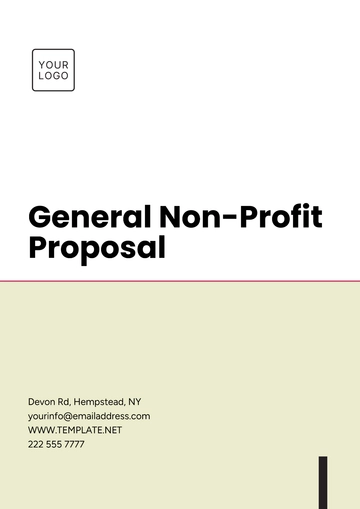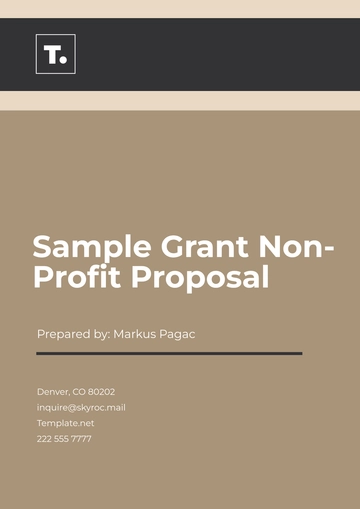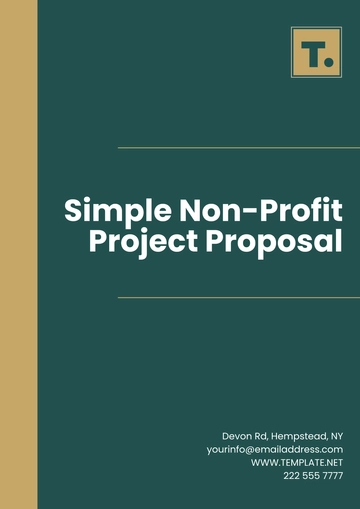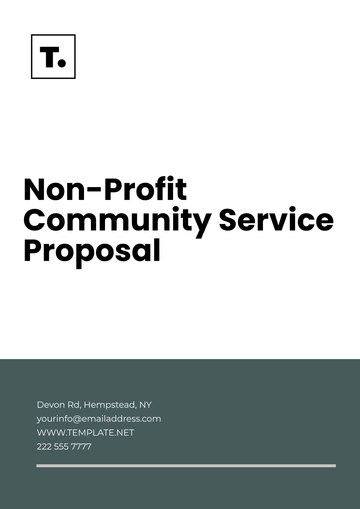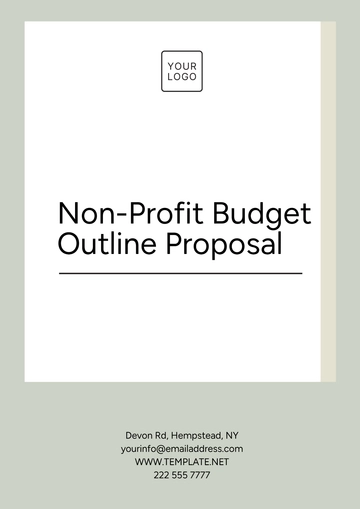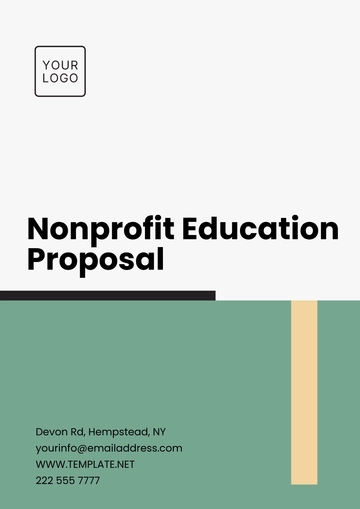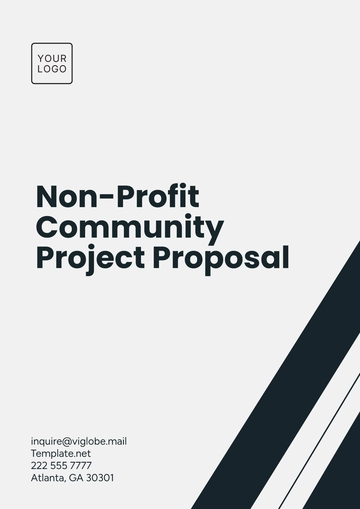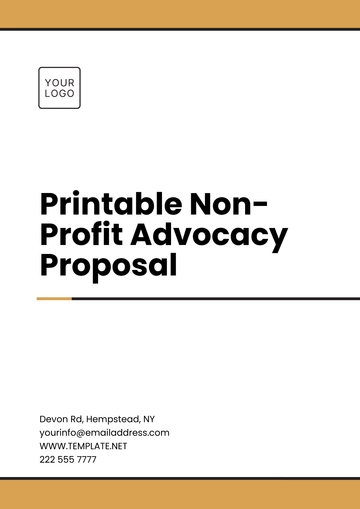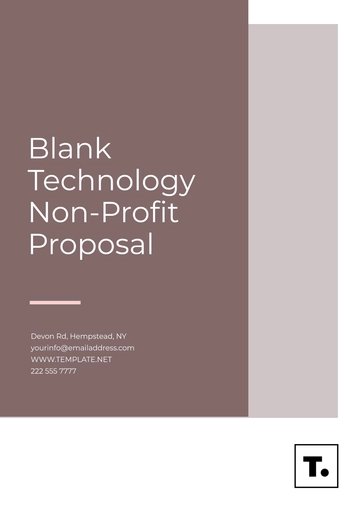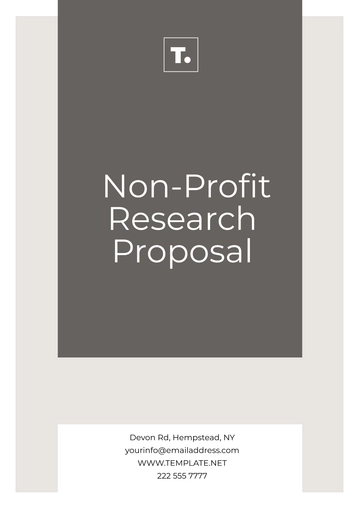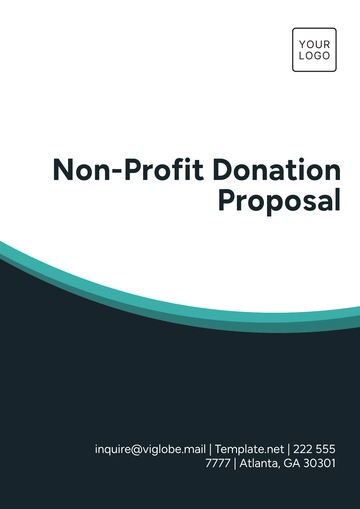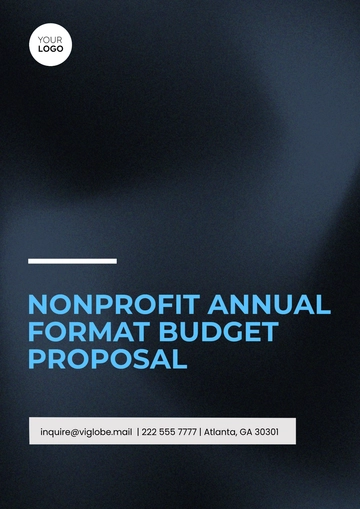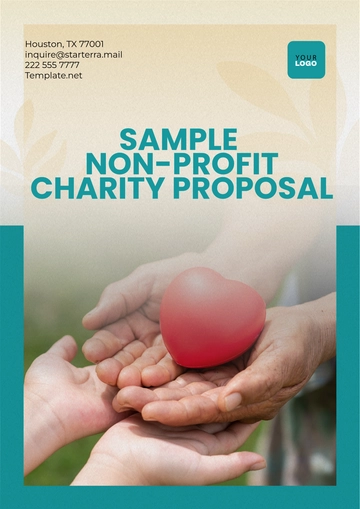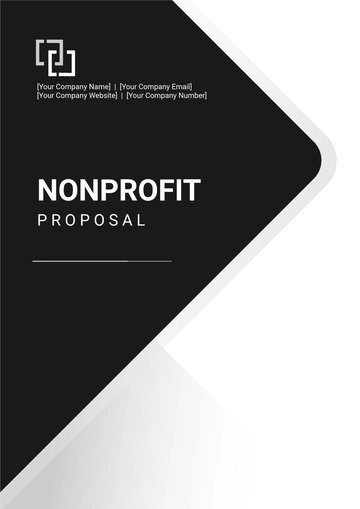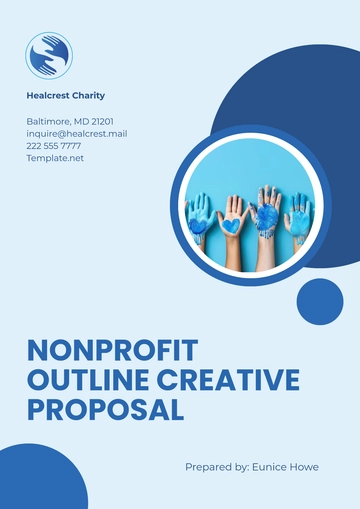Free Nonprofit Education Proposal Design
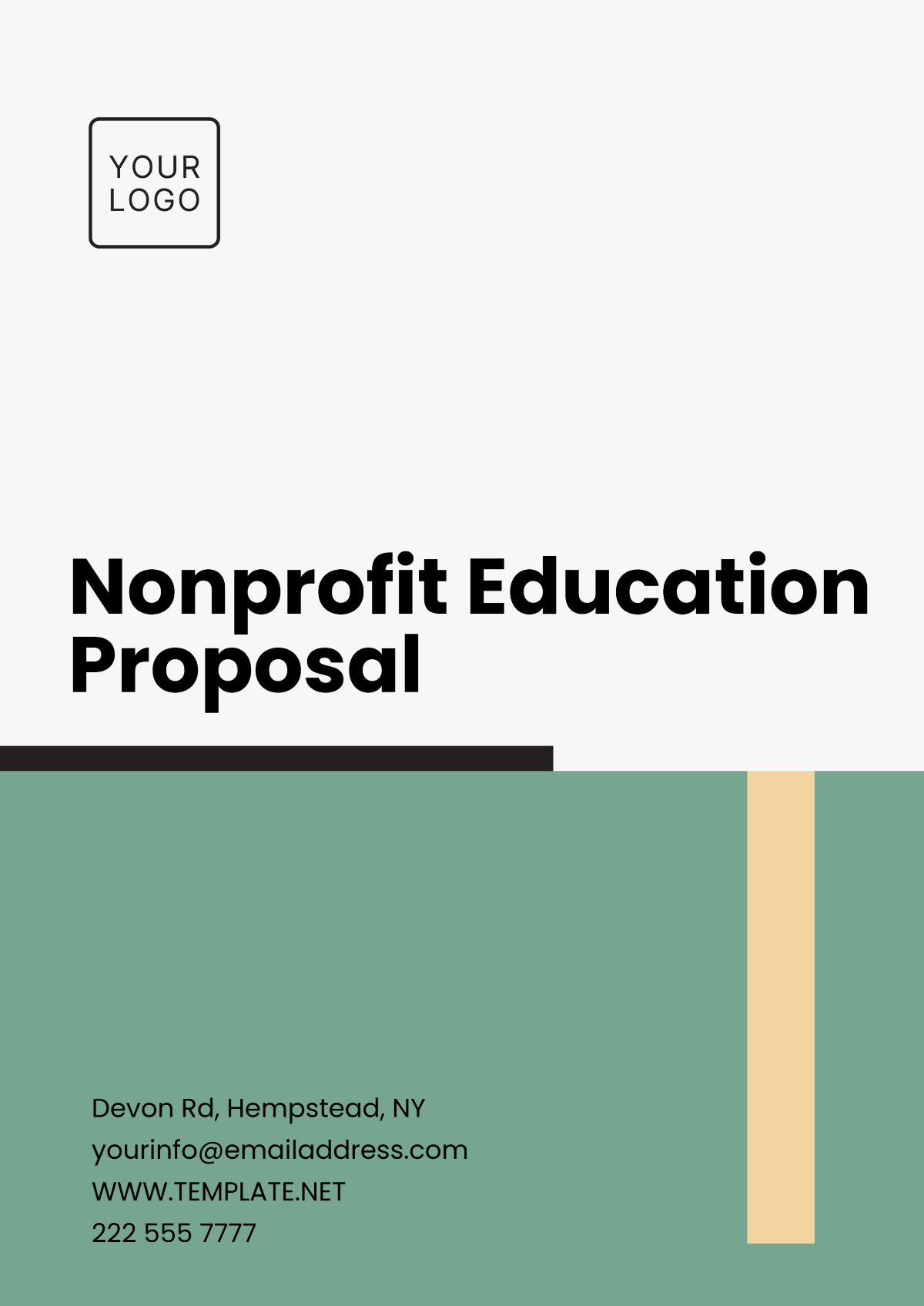
Our mission is to revolutionize education accessibility through innovative methodologies focusing on underprivileged communities. This proposal outlines the strategic plan for executing a nonprofit educational initiative throughout June 2050.
Background
Despite technological advancements, education access disparities remain significant. Rural and underdeveloped areas often lack the resources required to offer quality education. This initiative aims to address these inequalities by providing comprehensive educational support tailored to the needs of these communities.
Objectives
The primary objectives of this education proposal are:
To improve access to quality education in underserved communities.
To integrate technology-assisted learning solutions.
To develop sustainable education models that can be replicated in various contexts.
Program Design
Target Audience
This program targets students aged 6–18 in underserved areas, particularly those with limited access to traditional education resources.
Implementation Strategies
The program will be divided into several phases to ensure comprehensive coverage and efficient resource utilization.
Phase | Description | Duration |
|---|---|---|
Phase 1: Needs Assessment | Conduct field studies to understand the educational needs and resource gaps of the targeted communities. | 1 Week |
Phase 2: Curriculum Development | Design curriculum tailored to the needs identified in Phase 1, incorporating both traditional subjects and technical skills. | 2 Weeks |
Phase 3: Resource Allocation | Deploy educational materials and digital devices to the designated areas. Train local educators and volunteers. | 1 Week |
Phase 4: Program Delivery | Execute the educational programs, utilizing local volunteers and digital platforms to enhance the learning experience. | 1 Week |
Technology Integration
Leveraging cutting-edge technologies such as AI and VR to provide immersive and personalized learning experiences, we will ensure that the students have access to a myriad of interactive educational modules. Usage of solar-powered devices will be encouraged to enhance sustainability efforts.
Monitoring and Evaluation
Continuous monitoring and evaluation will be conducted to ensure program effectiveness and gather insights for future improvement.
Partnerships and Collaboration
This initiative requires collaborative efforts with local organizations, educational institutions, technology providers, and volunteers committed to improving education standards.
Partnership with local NGOs for on-ground support and logistics.
Collaboration with technology firms for devices and software licenses.
Engagement with educational bodies for curriculum validation and expertise.
Budget Overview
A detailed budget plan is essential to ensure the efficient use of resources and maximum impact. The following table provides a summary of the projected budget allocation:
Item | Description | Estimated Cost (USD) |
|---|---|---|
Educational Materials | Textbooks, digital content licenses, and teaching aids. | 50,000 |
Technological Resources | Purchase and deployment of digital devices, solar panels. | 100,000 |
Logistics | Transportation, accommodation, and other logistics for volunteers and staff. | 30,000 |
Training & Development | Workshops and training sessions for educators and volunteers. | 20,000 |
Administrative Expenses | Office supplies, communication, and other operational costs. | 10,000 |
Conclusion
This proposal sets forth a comprehensive plan for enhancing educational opportunities within underserved communities in June 2050. By integrating technology and community collaboration, we aim to create a sustainable model that empowers students and bridges the education gap.
- 100% Customizable, free editor
- Access 1 Million+ Templates, photo’s & graphics
- Download or share as a template
- Click and replace photos, graphics, text, backgrounds
- Resize, crop, AI write & more
- Access advanced editor
The Nonprofit Education Proposal Design Template, offered by Template.net, is a professional and fully customizable solution for crafting compelling proposals. This template is easily downloadable and printable, ensuring seamless presentation for any nonprofit initiative. It is also editable in our AI Editor Tool, allowing you to quickly adapt the content to fit your specific needs.
You may also like
- Business Proposal
- Research Proposal
- Proposal Request
- Project Proposal
- Grant Proposal
- Photography Proposal
- Job Proposal
- Budget Proposal
- Marketing Proposal
- Branding Proposal
- Advertising Proposal
- Sales Proposal
- Startup Proposal
- Event Proposal
- Creative Proposal
- Restaurant Proposal
- Blank Proposal
- One Page Proposal
- Proposal Report
- IT Proposal
- Non Profit Proposal
- Training Proposal
- Construction Proposal
- School Proposal
- Cleaning Proposal
- Contract Proposal
- HR Proposal
- Travel Agency Proposal
- Small Business Proposal
- Investment Proposal
- Bid Proposal
- Retail Business Proposal
- Sponsorship Proposal
- Academic Proposal
- Partnership Proposal
- Work Proposal
- Agency Proposal
- University Proposal
- Accounting Proposal
- Real Estate Proposal
- Hotel Proposal
- Product Proposal
- Advertising Agency Proposal
- Development Proposal
- Loan Proposal
- Website Proposal
- Nursing Home Proposal
- Financial Proposal
- Salon Proposal
- Freelancer Proposal
- Funding Proposal
- Work from Home Proposal
- Company Proposal
- Consulting Proposal
- Educational Proposal
- Construction Bid Proposal
- Interior Design Proposal
- New Product Proposal
- Sports Proposal
- Corporate Proposal
- Food Proposal
- Property Proposal
- Maintenance Proposal
- Purchase Proposal
- Rental Proposal
- Recruitment Proposal
- Social Media Proposal
- Travel Proposal
- Trip Proposal
- Software Proposal
- Conference Proposal
- Graphic Design Proposal
- Law Firm Proposal
- Medical Proposal
- Music Proposal
- Pricing Proposal
- SEO Proposal
- Strategy Proposal
- Technical Proposal
- Coaching Proposal
- Ecommerce Proposal
- Fundraising Proposal
- Landscaping Proposal
- Charity Proposal
- Contractor Proposal
- Exhibition Proposal
- Art Proposal
- Mobile Proposal
- Equipment Proposal
- Student Proposal
- Engineering Proposal
- Business Proposal
